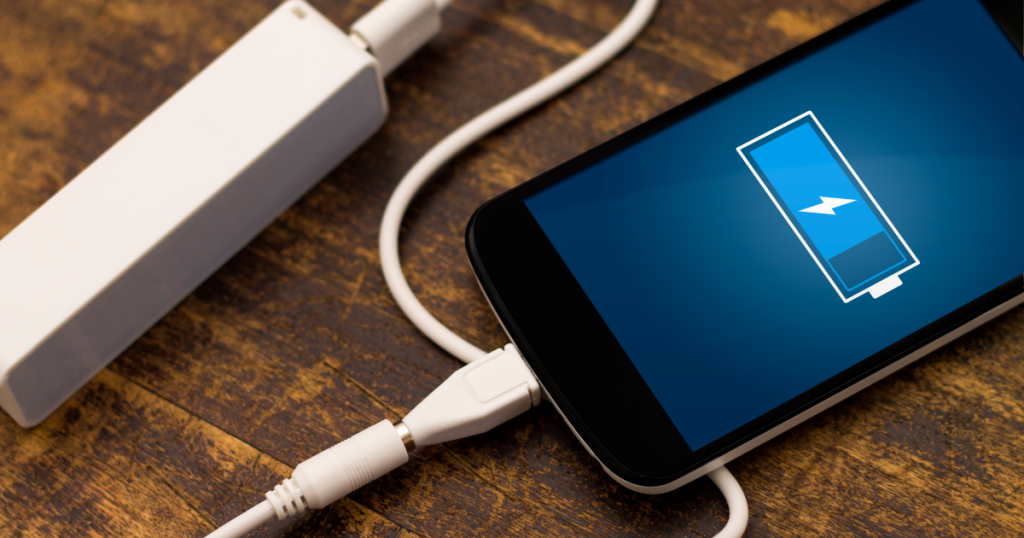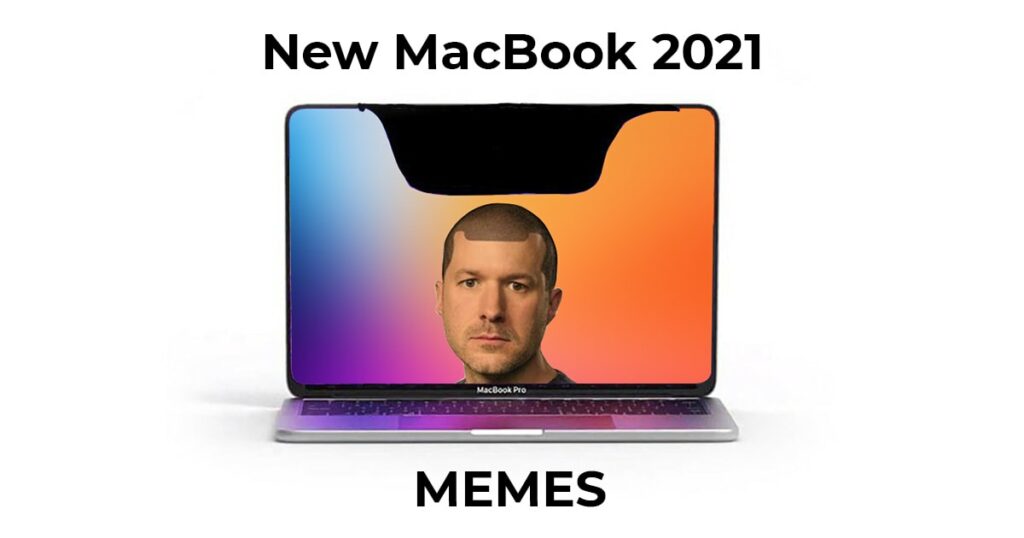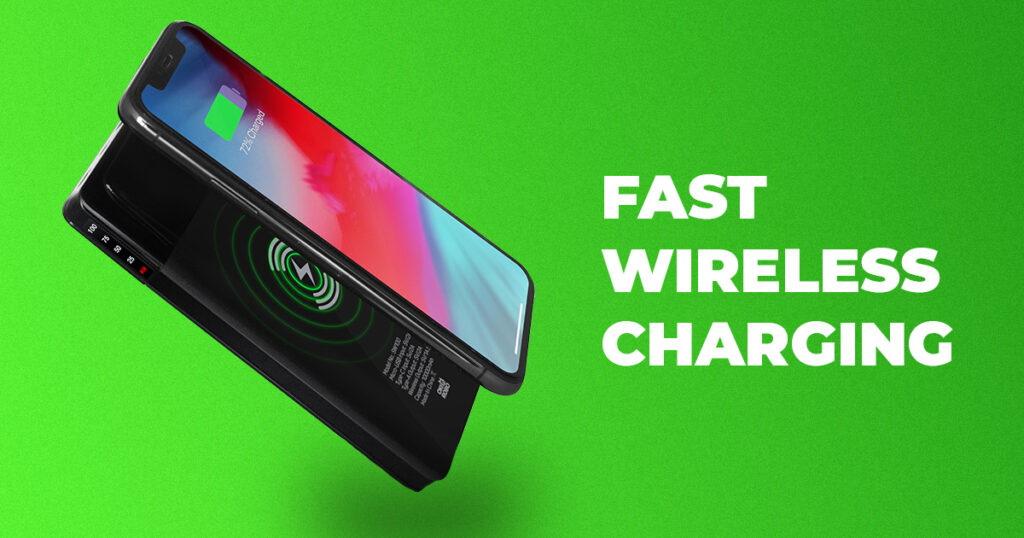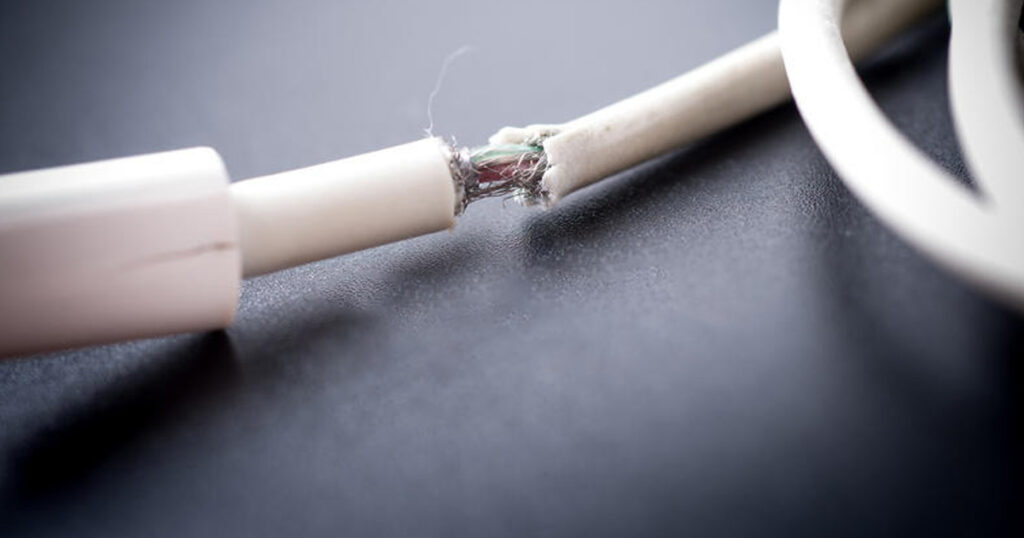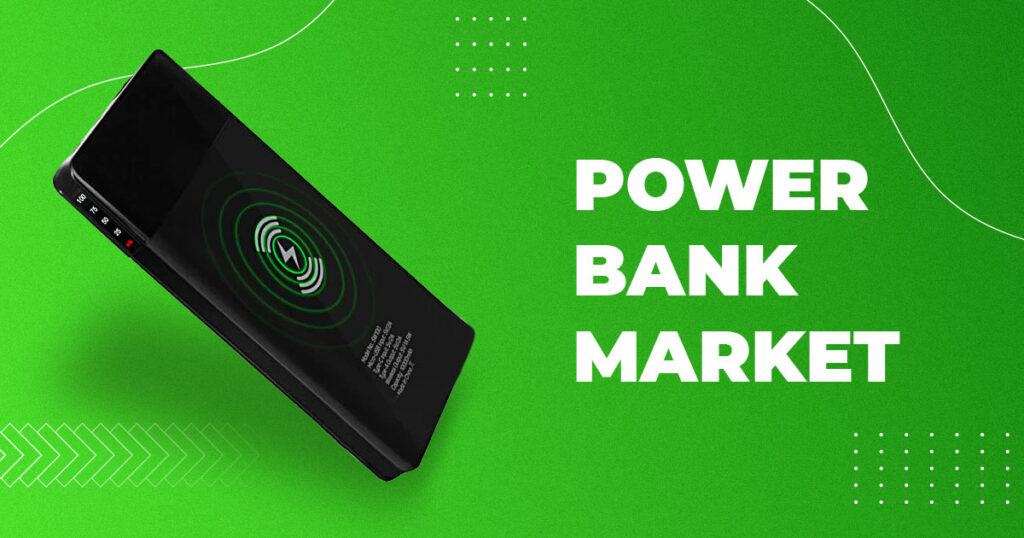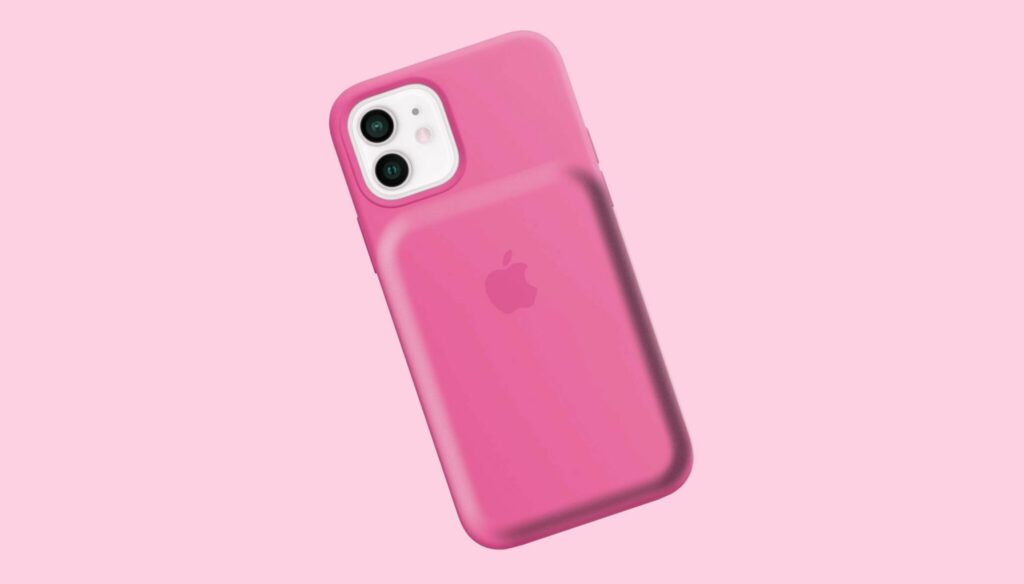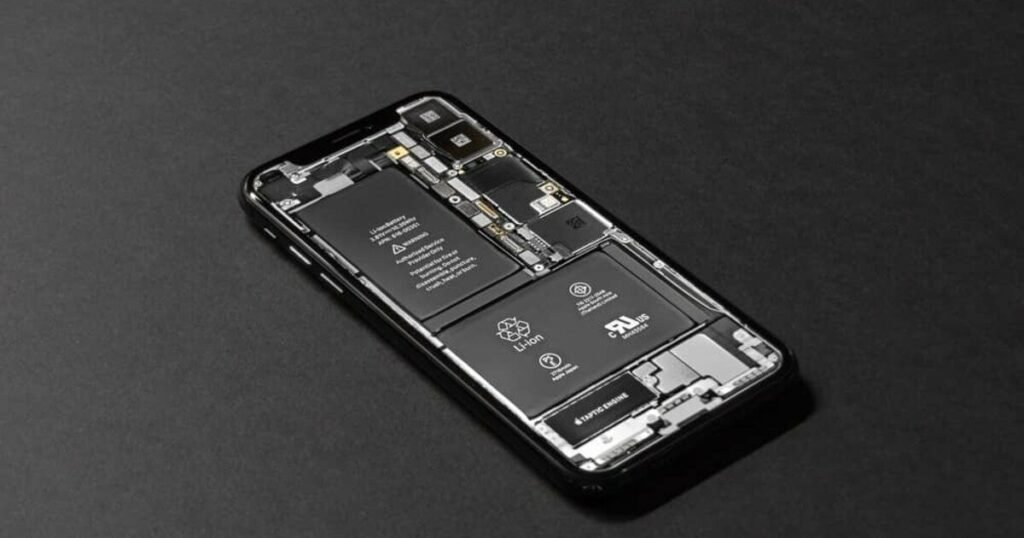
How to Properly Charge iPhone: 6 Vital Rules
Properly Charging: You Ruin Your iPhone Battery Every Time You Charge It Wrong
We are used to charging our iPhones almost every day. It became our routine so we don’t even think about if we do it right. Each of us charges his or her iPhone in our special way. Despite this, each of us heard about different charging ways and only one of them is properly iPhone charging.
So is it right to charge an iPhone at night? Or should we use 20-80% charging? Maybe someone even charges an iPhones for a little by little during the day? The answers are not so simple as you could think. So let’s find out how does an accumulator work and how it affects the charging way.
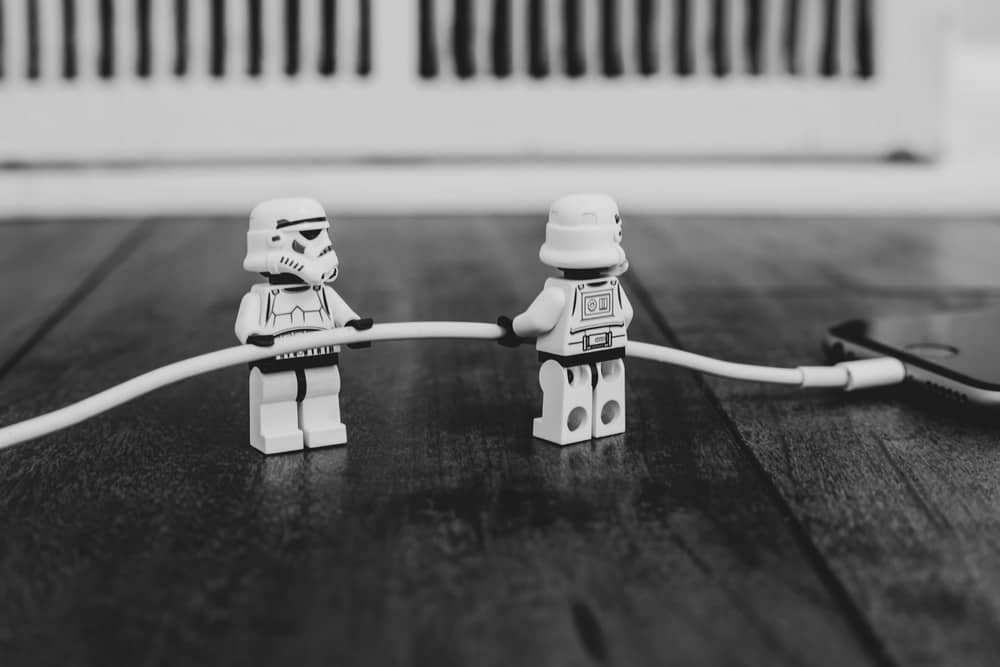
How does an accumulator work: simple explanation
First of all, an accumulator ruins not depending on the level of use. The structure of the battery changes at the physical level anyway. The battery is designed for 500 full charge cycles (1.5-2 years of operation), which allows you to save only up to 80% of the battery capacity.
The next 20% of capacity will be lost even faster. Fortunately, you can not only prevent this process but also increase the number of working cycles from 500 to 1000. To do this, let’s understand the principle of the battery.
Electrons and atoms interact inside the charging battery. There are two conventional “rooms”:
- the anode inside which the material is graphite
- the cathode inside which the cobalt oxide
The most important substances inside the battery are lithium ions. Lithium releases electrons and energizes devices. Hence the name lithium-ion battery.
How the phone charge from the interaction inside of the battery
When the battery is fully charged, the lithium is inside the anodes. At the same time, lithium is drawn to move to the cathode, but cannot reach it. There is a barrier between the anode and the cathode – a liquid electrolyte, it passes through itself only positively charged particles (inside the anode are only negatively charged particles).
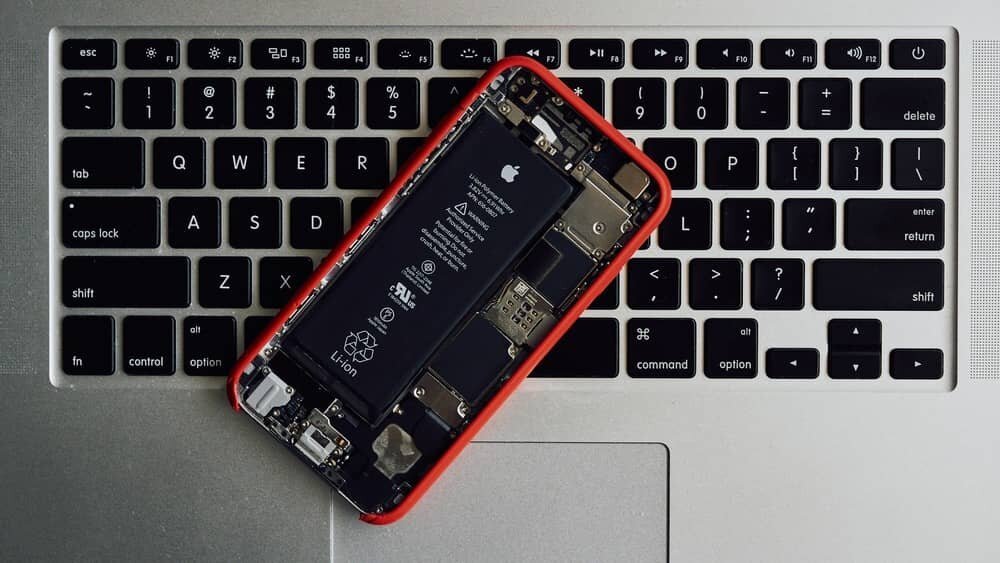
Since lithium wants to move to the cathode, it needs to donate an electron. This is how we can loop the minus and the plus of the battery into an electric circuit. The electrons will begin to separate from the lithium and move from minus to plus, while simultaneously feeding the device with energy.
When lithium is rearranged into the cobalt oxide crystal lattice, the battery is discharged. To charge the phone, we are reversing the process. To do this, you need to apply an electric current with a voltage higher than that of the battery. Electrons begin to flow back from the cathode and fill the anode with electrons.
What impacts the battery life and how to treat the battery right
Any electrochemical reaction has its consequences. First, some of the lithium ions get stuck in the barrier passing through the electrolyte. This forms a “skin” that thickens over time and becomes impervious. Secondly, oxygen atoms are released from the cobalt oxide, which leads to battery oxidation. It is for this reason that batteries swell.
We can minimize the negative impact by using two factors: temperature and charging speed
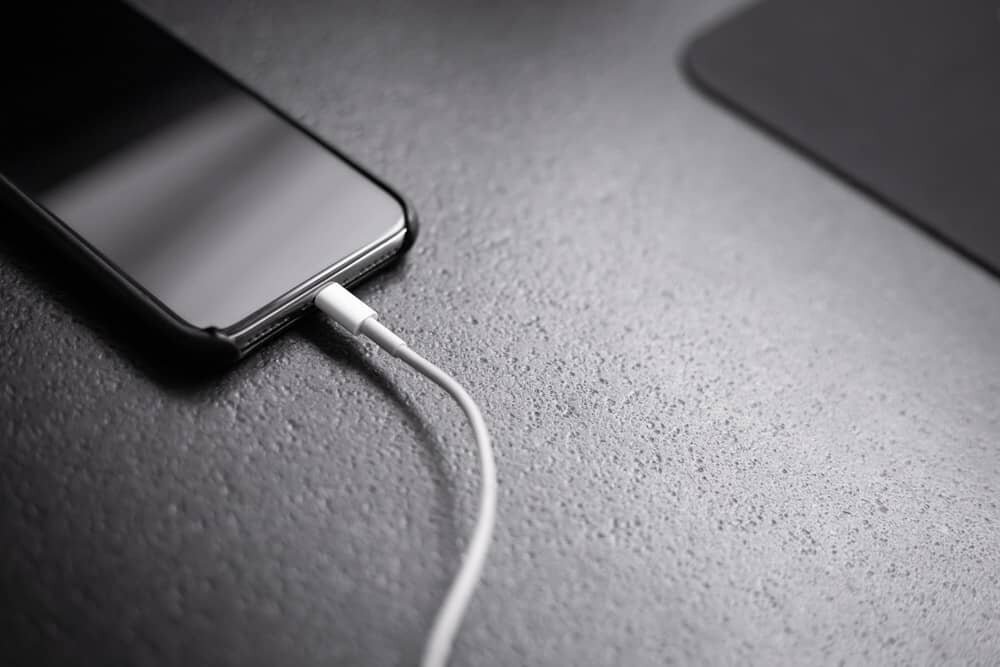
- Temperature
Batteries can’t stand too high or too low temperatures. In operating mode, the ideal range of use is from +5 to +30. It’s also acceptable to charge your iPhone in temperatures between -20 and +60. However, with a lot of damage to the device. You can do it only for a short time and only with the phone protection from extreme temperatures. You can charge the phone only at positive temperatures, from +10 to +45, ideally +20.Cold temperature. So why does the battery quickly lose capacity, or completely refuses to work at subzero temperatures? This is because the electrochemical reaction slows down at subzero temperatures. During normal use, this does not damage the battery, but if you charge the phone at low temperatures, then most of the lithium ions will not be able to penetrate the graphite anode, but only settle on its surface.Remember that even one charge in cold weather is enough to inevitably reduce the performance and capacity of the battery by more than 10%. Moreover, a battery charged in cold weather is not safe, it can explode due to vibrations or high voltage levels. Therefore, even when you come from the street, wait until the device heats up before charging it.
High temperature
At high temperatures, the reaction, on the contrary, is accelerated and oxygen atoms are more quickly separated from the cobalt oxide, which leads to oxidation and swelling. Therefore, you should not put the phone in direct sunlight, charge the phone at more than +30 degrees, or during active use, when you feel that the phone case is very hot.
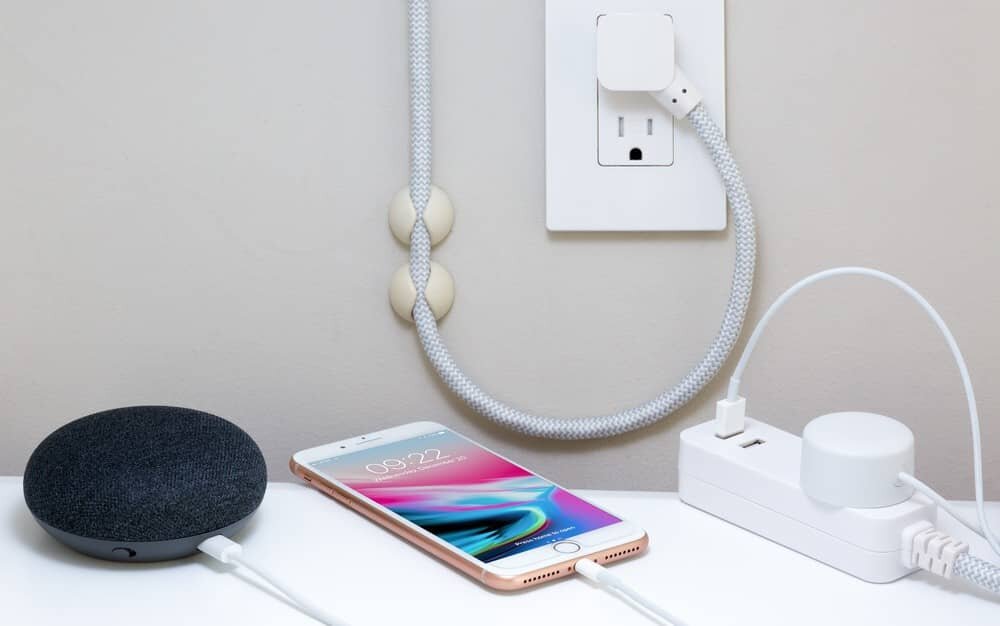
- Voltage (charging speed): This is why phones don’t like being fully charged or fully discharged. For example, when the battery is completely discharged, the voltage inside it is too low. If you start to conduct too much energy into it, then due to the voltage drop, the speed will be very high, which will entail a sharp increase in temperature. This can cause fire and explosion. Not many people were witnesses to such a reaction thanks to the Apple built-in controller. It tries to reduce the charge rate at first, and balance the voltage level. Faster-charging starts after that.When the battery is fully charged, a reverse reaction occurs. The voltage rises inside the battery, as it fills with energy. The resistance and the temperature are increasing. Therefore, when the charge reaches 80%, the charging speed drops to avoid overheating. Also, the phone can quickly run out of power due to energy-intensive use, for example, a long-time game that requires a lot of energy. This can cause the phone to overheat and deteriorate the battery. This happens when the charge drops sharply from 100% to 0% in a couple of hours.
How to charge your phone properly: keep your battery alive
Everybody used to charge their smartphone in their own way. Let’s look at three different options and make the right choice:
- 0%-100%
Not the best option as it is unstable for the accumulator life. Wear is accelerated, the risk of overheating increases, and the life cycle is reduced. Also, the battery can additionally wear out when we put it to charge at night, it reaches 100% energy and remains connected to the power supply until the moment you wake up. This provokes the launch of micro-charging cycles when the phone is fully charged, then it discharges a couple of percents and immediately charges back to 100%. In this case, the tension jumps a lot. But the Apple installed the technique of active charge up to 80%, and then a very slow charge up to 100%, to prevent overheating and overvoltage as much as possible.
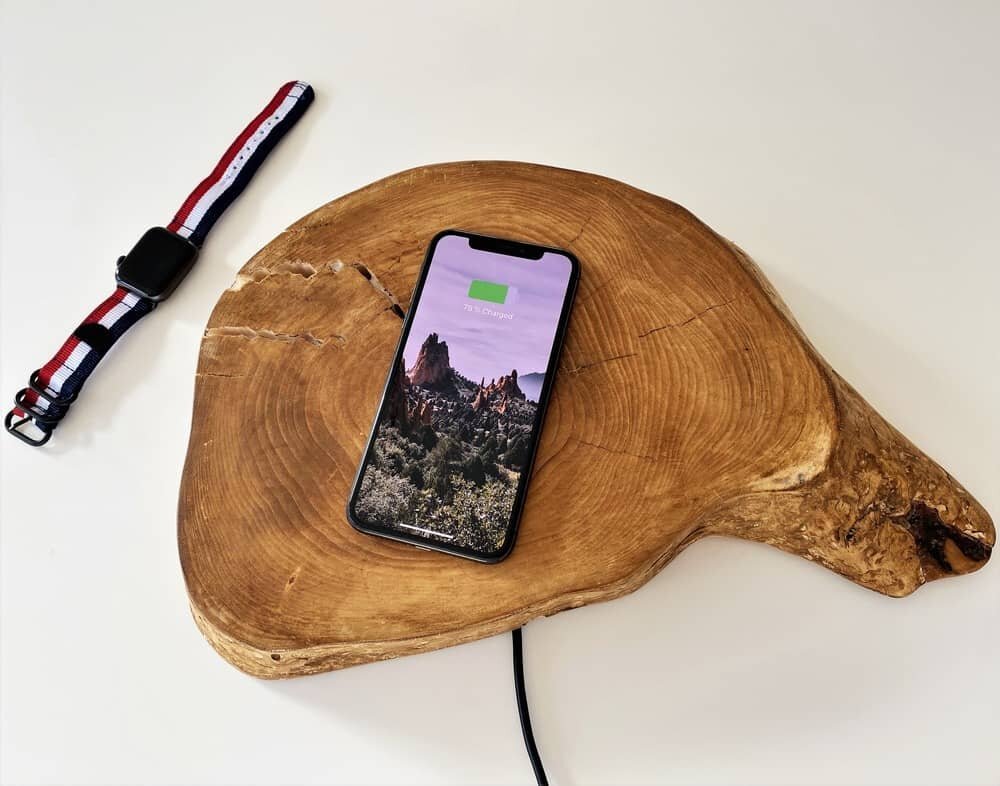
- 20%-80%
Many modern smartphones have a sufficiently voluminous and stable battery life, which does not require charging the phone up to 100%. The phone will perform much more stable if you don’t fully charge or discharge it. So it is more protected from the risk of sudden voltage surges and overheating. Electric cars are charged according to the same principle, this prolongs the life of the battery and the operation stability. But this option is not ideal either, so let’s consider the next one.
- Little by little during the day
Even though many consider this method of charging to be dangerous and unstable, everything works the other way around. It is best to keep the charge level in the 50-70% range. This will keep the battery charge and performance at a stable level, without sudden changes. Keep in mind that 10% of the charge is to maintain heat in modern batteries. Therefore, it is better to charge an iPhone at +20 degrees temperature. It is also not recommended to keep your spare smartphone completely discharged for a long time. It is better to charge it up to 80% from time to time to maintain stability and extend the battery life cycle.
So let’s make the conclusion. There is a short instruction on how to properly charge smartphones:
- Avoid extreme temperatures
- Do not leave your smartphone in direct sunlight
- Charge the battery often and little by little
- Avoid dropping to 0% charge
- Avoid full charge up to 100%
- Do not leave your smartphone charging overnight
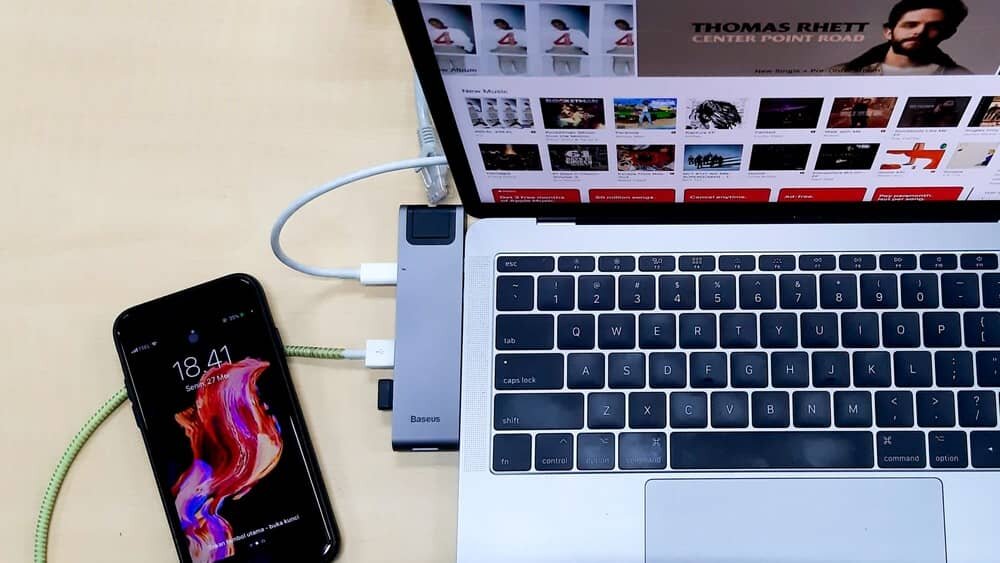
Modern fast chargers are one another problem: yes or no
So, we have successfully figured out the principles of charging and found the best way to charge the phone. Unfortunately, there is another problem. There is a huge demand for fast phone chargers, which many modern companies are trying to meet. On the contrary, this brings additional problems, and this becomes more understandable after we figured out the battery work principles. And also thanks to artificial intelligence.
In 2020, the “Nature” journal had published an article with a large-scale study carried out by scientists at Stanford, MIT, and the Toyota Research Institute. Their goal was to find a way to charge an electric vehicle that could charge the battery in 10 minutes with minimal damage to the battery. To do this, neural networks analyzed many fast-charging protocols and concluded that all of these protocols are completely wrong.
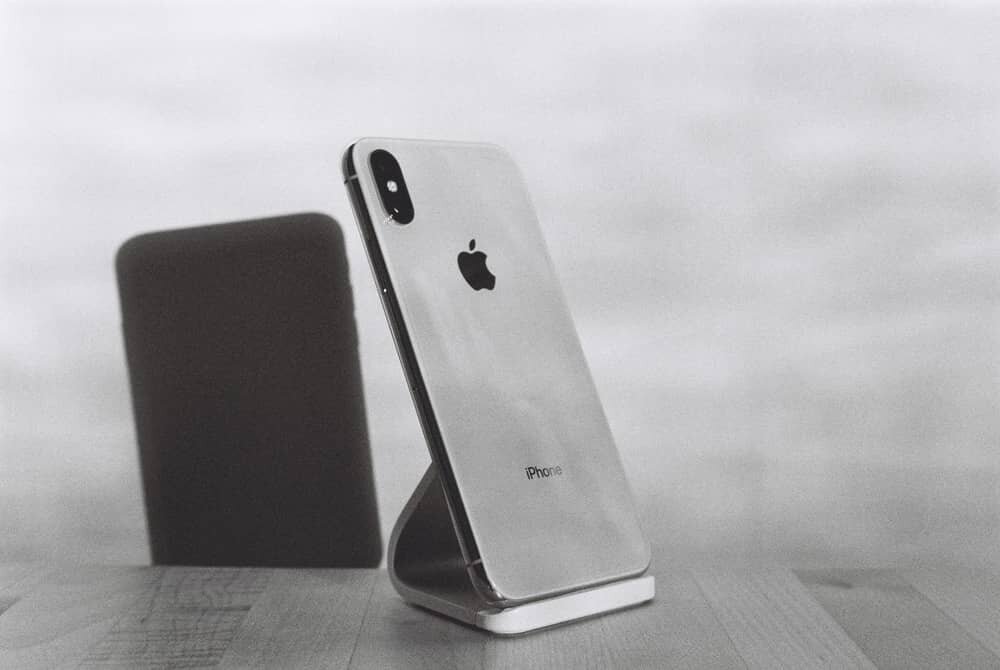
The results showed that most techniques use the same alternating current to charge up to 70-80%, and then there is a gradual decrease in energy. As a result of research, AI was able to create the ideal charging profile. It charges the battery up to 80% in 10 minutes and extends the battery life from 600-800 cycles to 1200. Therefore, there is a hope that smartphone manufacturers will introduce such a system into the operation of mobile devices and we will be able to charge the phone quickly and safely.
Read this articles.



